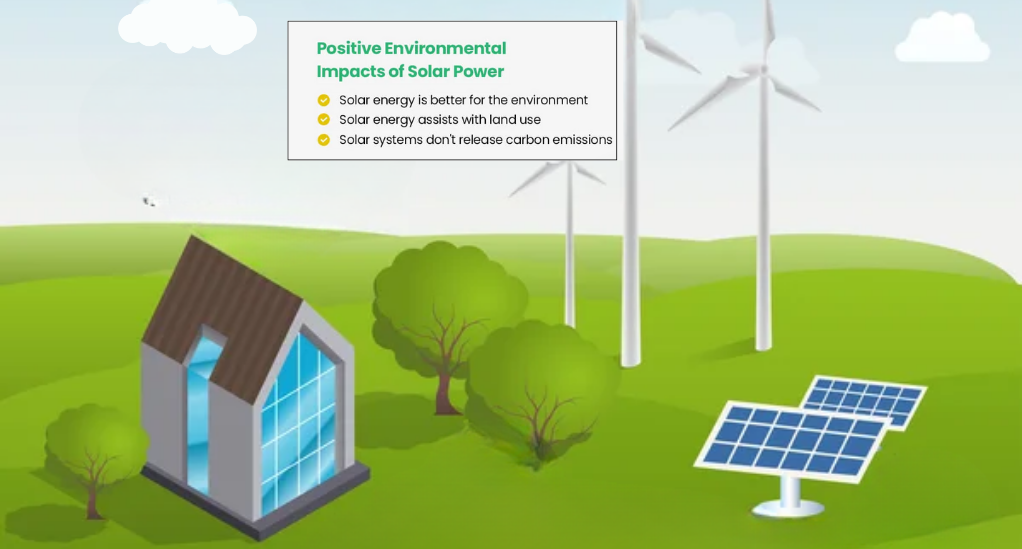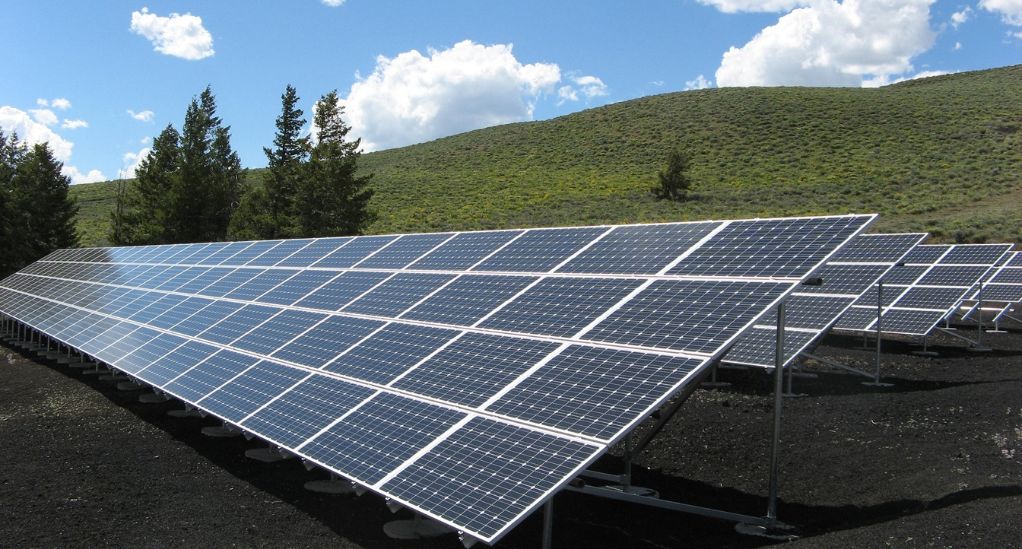In the contemporary business landscape, the shift towards renewable energy sources, particularly solar energy, is more pronounced than ever. This transition, driven by a collective endeavor to reduce carbon footprints and foster sustainable practices, promises not only environmental conservation but also significant economic benefits. Solar energy stands as a beacon of hope for a greener future, offering enterprises reduced utility costs and a substantial decrease in harmful emissions.
Moreover, it grants businesses a degree of energy independence, freeing them from the fluctuating costs and finite nature of traditional energy sources. However, this golden opportunity is not devoid of challenges. As enterprises increasingly integrate solar energy systems, they must navigate potential risks including cybersecurity threats, physical security breaches, and grid reliability issues.
To ensure the successful adoption of solar energy, enterprises must prioritize safety and security. The interconnected nature of modern solar energy systems makes them potential targets for cyber-attacks, necessitating stringent data protection measures to prevent unauthorized access and breaches. Additionally, the physical infrastructure, often situated in remote areas, is vulnerable to theft and vandalism, calling for robust security protocols.
Furthermore, maintaining grid reliability is vital to guarantee a consistent power supply, requiring systems resilient to natural disasters and other unforeseen events. As we delve deeper into this transition, learning from past incidents and case studies becomes instrumental in fostering a safe and reliable solar energy environment for enterprises, highlighting the critical role of safety in the burgeoning solar energy sector.
Why Making Solar Safer is Crucial for Enterprises
In recent years, the enterprise sector has been gravitating towards renewable energy sources, notably solar energy, as a means to foster sustainable practices and reduce carbon footprints. This transition, while promising a greener future and economic benefits such as cost-efficiency and energy independence, is not without its challenges. As solar energy systems become increasingly interconnected, they present potential targets for cyber-attacks, necessitating robust cybersecurity measures to prevent data breaches and unauthorized access. Moreover, the physical infrastructure of solar installations, often situated in remote areas, is vulnerable to theft and vandalism, highlighting the need for stringent physical security protocols.

To ensure a smooth transition to solar energy, enterprises must prioritize safety and reliability. This involves not only safeguarding the infrastructure but also ensuring grid reliability to provide a consistent power supply, capable of withstanding natural disasters and other unforeseen events. As we delve deeper into this sector, analyzing case studies of past incidents becomes instrumental in understanding the potential risks associated with solar energy systems and fostering a safe and reliable solar energy environment for enterprises. Through a meticulous approach to safety, enterprises can successfully navigate the challenges presented by solar energy adoption, paving the way for a sustainable and secure future.
What Areas Need Focus for Making Solar Safer
As enterprises venture into the realm of solar energy adoption, pinpointing and concentrating on pivotal areas is essential to ensure the safety and reliability of these systems. Firstly, the infrastructure demands meticulous attention, encompassing the selection of high-quality materials capable of withstanding adverse conditions, a well-designed system that integrates safety features, and adherence to safety standards during installation.
Parallelly, with the increasing interconnectedness of solar energy systems, safeguarding sensitive data becomes paramount, necessitating the implementation of robust encryption protocols, firewalls, and regular software updates to thwart potential cyber threats. Furthermore, employee training stands as a cornerstone in fostering a secure environment, encompassing regular safety workshops, emergency response training, and education on preventing cyber-attacks.
Lastly, collaborating with government bodies to advocate for safety-promoting policies, comply with existing regulations, and leverage grants and initiatives can significantly enhance the safety measures in place. By focusing on these critical domains, enterprises can pave the way for a solar energy system that epitomizes efficiency, security, and reliability, marking a significant stride towards a sustainable future.
How Enterprises Can Make Solar Safer
In the pursuit of a greener future, enterprises stand at the forefront, steering the transition towards solar energy with a pronounced emphasis on safety and security. To fortify solar energy systems against potential cyber threats, the integration of advanced security measures such as robust firewalls, encryption technologies, and secure communication channels is imperative. These measures act as a bulwark, safeguarding sensitive data and ensuring secure data exchange, thereby fostering a resilient network.
Concurrently, a proactive approach to regular maintenance and monitoring is vital, encompassing preventive measures, routine inspections, and comprehensive emergency response plans that anticipate potential issues and minimize damage. Furthermore, collaborating with industry experts and consultants offers a wealth of insights and strategies, fostering innovation and the development of new safety technologies through research collaborations and consultations.
Moreover, investment in research and development stands as a cornerstone in this journey, encouraging innovation and the implementation of pilot projects to test and refine new safety strategies, thereby enhancing the safety and efficiency of solar energy systems. As enterprises forge ahead, a meticulous focus on these strategies will be instrumental in paving the way for a solar energy landscape that epitomizes efficiency, security, and reliability, heralding a new era of sustainable and safe energy.
The Future of Safe Solar for Enterprises
As we stand at the threshold of a renewable energy revolution, envisioning the future trajectory of safe solar energy within the enterprise sector becomes a pivotal endeavor. The horizon of solar safety is expanding, with emerging technologies such as Artificial Intelligence (AI) and Machine Learning (ML) spearheading predictive maintenance and anomaly detection, thereby enhancing system reliability and efficiency.
Concurrently, the integration of blockchain technology promises secure and transparent energy transactions, fostering a safe environment for energy trading. Moreover, the advent of advanced materials is set to revolutionize the durability and efficiency of solar panels, promising an increased lifespan and safety for solar installations. In this evolving landscape, the role of government and industry bodies cannot be understated. Their active participation in policy formulation, regulatory oversight, and the provision of funding and grants is instrumental in nurturing innovation and safety in the solar energy sector.
As enterprises forge ahead, the road ahead beckons with promising prospects. The confluence of technological advancements and regulatory support heralds a future where solar energy is not only sustainable but also safe and reliable. Through vigilance, adaptability, and collaboration with various stakeholders, enterprises can lead a renewable energy revolution, marking a significant stride towards a sustainable and secure energy future.

